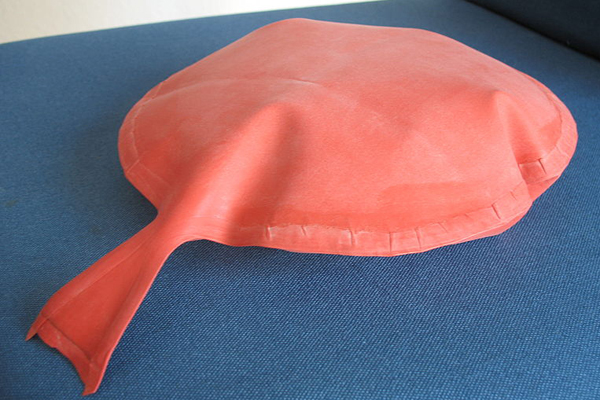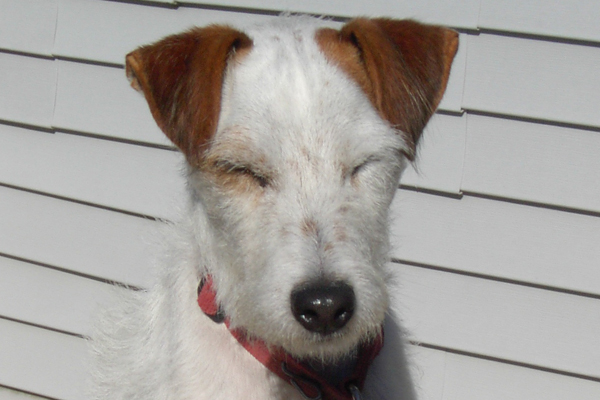25 Weird Things Humans Do Every Day, and Why
Hiccup

Hiccups are involuntary spasms of the diaphragm the muscular membrane in your chest that figures importantly in breathing. A spell of them ensues when that muscle gets irritated, often by the presence of too much food in the stomach, or too little.
Weirdly, though, hiccups are as useless as they are annoying; they serve no apparent purpose. One hypothesis suggests they may be a remnant of a primitive sucking reflex. Whatever the ancient function, they are little more than a nuisance now something to be gotten rid of via a variety of creative folk remedies.
Sleep

We spend roughly one-third of our lives asleep. No human can go without it for more than a handful of days, and yet sleep may be the least understood of all our activities.
It certainly allows for a lot of body "maintenance work," from production of chemicals that get used during waking hours to the self-organization of neurons in the developing brain. REM sleep, with its high neuronal activity, occurs for longer each night during periods of brain growth.
Several theories point to sleep as a state vital to memory and learning. It may help ingrain episodic memories into long-term storage, and it also may simply give our mental waking activities a much-needed break.
Dream

Sleep seems to serve a vital function for us humans, but what about dreaming? It's something we do almost nightly, but does it serve a greater purpose?
The truth is that scientists aren’t completely sure why people dream. However, theories on the purpose of dreaming abound. One theory, proposed by Harvard University psychologist Deirdre Barrett, suggests that humans dream in order to solve problems. More specifically, the highly visual (and sometimes completely illogical) landscape of dreams help us think differently about our problems than we would in waking life. This "out-of-the-box" thinking might help people solve problems that they just can't resolve while awake, according to Barrett.
Get the world’s most fascinating discoveries delivered straight to your inbox.
Other dream researchers, like Boston University neuroscientist Patrick McNamara, think dreaming facilitates creativity in waking life.
Die

Okay, technically speaking, dying isn't an everyday activity. It is, however, done by a whole bunch of people every day. Why?
We die because our cells die. Though they replace themselves over and over again for 70-odd years, they can't do so forever. Inside each cell, telomeres at the end of our chromosomes contain genetic information that gets clipped away with each cell division. Telomeres start out long enough to handle a great many scissor snips. But eventually, they run out of length, the information they held is lost and the cells can't divide anymore.
Luckily, scientists are working on how to extend the lives of human beings, and think they could someday double the average lifespan.
Blush

Turns out, the cheek-reddening reaction is a universal human response to social attention. Everyone does it some more than others. Common blushing triggers include meeting someone important, receiving a compliment and experiencing a strong emotion in a social situation.
Blush biology works like this: Veins in the face dilate, causing more blood to flow into your cheeks and producing a rosy complexion. However, scientists are stumped as to why all that happens, or what function it serves.
Kiss

It's weird, when you think about it, that swapping spit seems romantic. Turns out it's a biological instinct.
Kissing allows people to use smell and taste to assess each other as potential mates. People's breath and saliva carry chemical signals as to whether they are healthy or sick, and in the case of females, whether they're ovulating all important messages for potential partners in reproduction.
Furthermore, the skin around peoples' noses and mouths is coated with oils that contain pheromones, chemicals that broadcast information about a person's biological makeup. When people pick up each other's pheromones during a sloppy kiss, they'll subconsciously become either more or less sexually attracted to each other depending on what they detect.
Alongside the chemosensory cues exchanged during kisses, psychologists also believe the actual physical act of kissing helps couples bond. This theory is supported by the fact that oxytocin a hormone that increases most peoples' feelings of sociality, love and trust floods brains when mouths kiss.
Fart

The answer may stink, but everything we eat or drink gives us gas. In fact, it's normal to fart up to half a gallon (1.9 liters), or about 15 to 20 toots worth of gas each day.
Particularly fragrant flatulence, however, comes from colonies of bacteria shacked up inside our lower intestinal tract. In the process of converting our meals into useful nutrients, these food-munching microbes produce a smelly by-product of hydrogen sulfide gasthe same stench that emanates from rotten eggs.
Just like the rest of us, the bacteria like munching on sugary foods best. The types of sugar naturally present in milk, fruit and, of course, beans produce the most farts .
Laugh

The punchline of a joke hits you, and with it comes a funny feeling: You're suddenly overcome by the urge to yell out spastically , over and over. Laughing is weird. Why do we do it?
Psychologists think this behavioral response serves as a signal to others by spreading positive emotions , decreasing stress and contributing to group cohesion. For those same reasons, chimps and orangutans smile and laugh during social play too.
In fact, many hypothesize that laughing evolved from panting. When our prehuman ancestors wrestled playfully with each other, they got all panty... and that eventually turned into getting laughy.
Blink

It's not that strange that we blink: The tenth-of-a-second-long activity clears away dust particles and spreads lubricating fluids across the eyeball. What is strange, though, is that we fail to notice the world plunging into darkness every two to 10 seconds!
Scientists have found that the human brain has a talent for ignoring the momentary blackout. The very act of blinking suppresses activity in several areas of the brain responsible for detecting environmental changes, so that you experience the world around you as continuous.
Zone out

No matter how hard we might try to stay focused on an everyday task, such as brushing our teeth or queuing for coffee, we simply can't stop our minds from wandering. Fortunately, those bizarre bouts of cognition sans awareness known as "zoning out" are actually a good thing. They're vital to creativity and imaginative thought.
Instead of staying completely focused on a dull and familiar external stimulus, neuroscience research shows that our attention waxes and wanes, and we spend 13 percent of the time "zoned out." During this time, we are free to float along internal streams of consciousness, following wherever our minds randomly take us perhaps arriving at a "eureka!" moment, or at the very least, a spontaneous and interesting idea.
Natalie Wolchover was a staff writer for Live Science from 2010 to 2012 and is currently a senior physics writer and editor for Quanta Magazine. She holds a bachelor's degree in physics from Tufts University and has studied physics at the University of California, Berkeley. Along with the staff of Quanta, Wolchover won the 2022 Pulitzer Prize for explanatory writing for her work on the building of the James Webb Space Telescope. Her work has also appeared in the The Best American Science and Nature Writing and The Best Writing on Mathematics, Nature, The New Yorker and Popular Science. She was the 2016 winner of the Evert Clark/Seth Payne Award, an annual prize for young science journalists, as well as the winner of the 2017 Science Communication Award for the American Institute of Physics.



